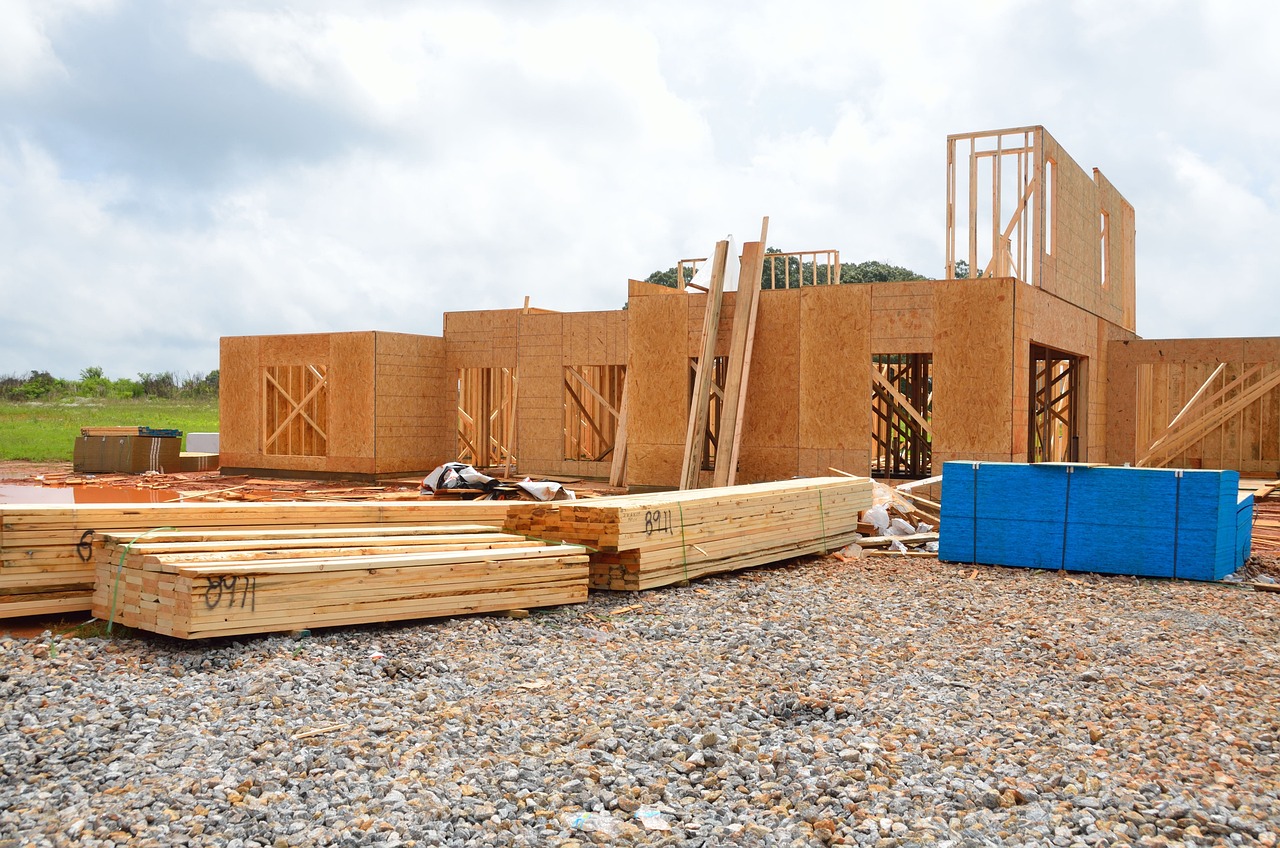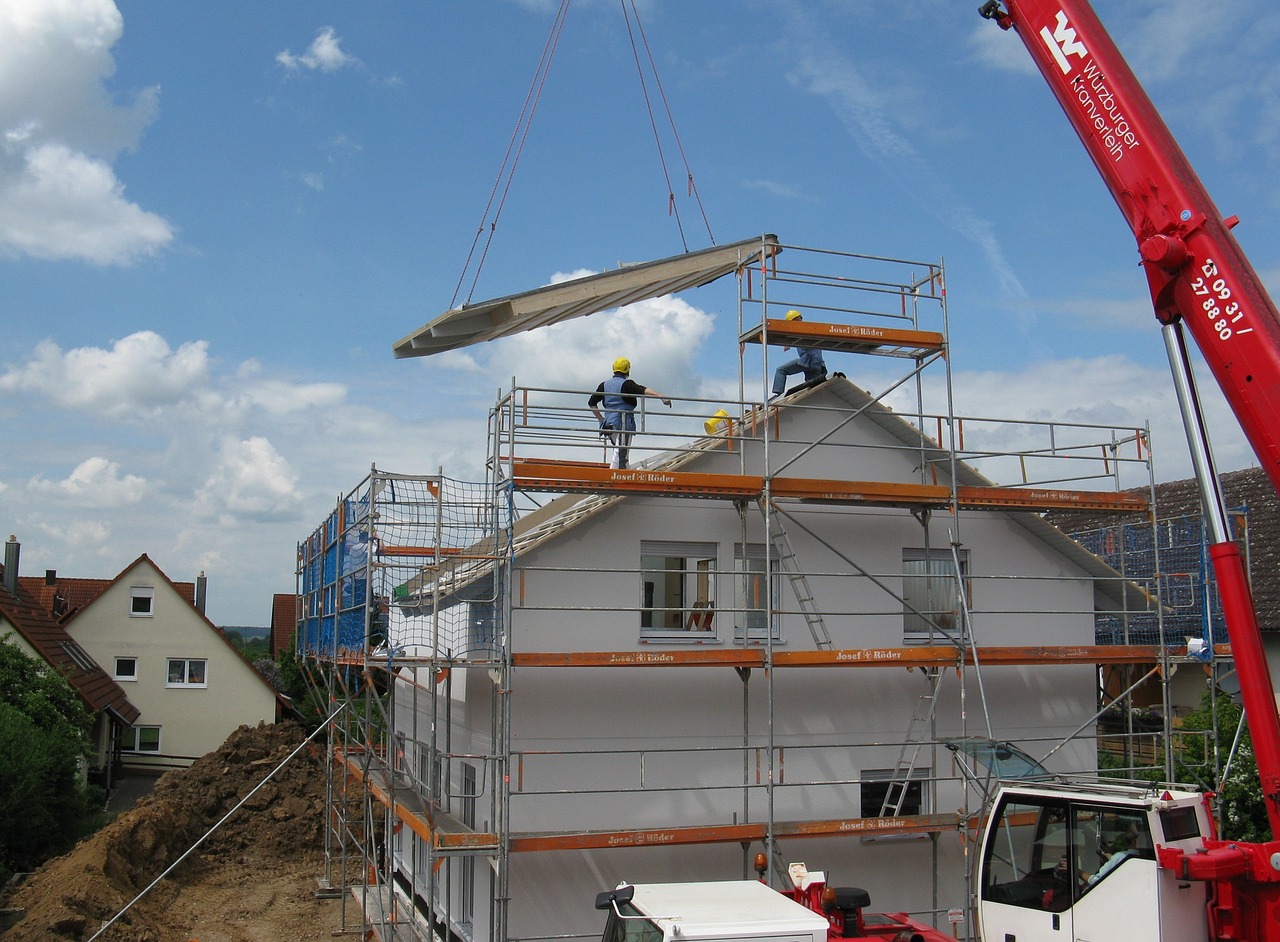Roofing trusses are structural components that determine the shape and strength of the roof of a building. They are typically made of wood or metal and are designed to support the weight of the roof and any additional weight that may be placed on it, such as snow or wind.
There are several different types of roofing trusses available, each with its own unique features and advantages. Here are some of the most common types:
1. King Post Truss – This is the most basic type of roofing truss, consisting of a central vertical post with two sloping rafters attached to it. It is simple and cost-effective but is best suited to smaller roofs with limited spans.
2. Queen Post Truss – This type of truss has two vertical posts and two sloping rafters. It provides more strength and stability compared to a king post truss, making it ideal for larger roofs with longer spans.
3. Scissor Truss – A scissor truss is a type of truss that consists of two sloping rafters that are connected at the peak of the roof and then extend down to the bottom of the roof at an angle. This design provides extra headroom and allows for a vaulted ceiling.
4. Gambrel Truss – The gambrel truss is similar in design to a barn roof, with two sloping sides and a central ridge. It is ideal for buildings with a wide span and provides plenty of headroom in the upper portion of the building.
5. Parallel Chord Truss – This is a type of truss that is often used in commercial or industrial buildings. It consists of a top and bottom chord that run parallel to each other with webbing between them, providing extra strength and support.
In conclusion, the different types of roofing trusses serve different purposes and are designed to support different types of structures. When choosing a roofing truss for your building, you must consider the span, load, and aesthetics of the roof. A qualified roofing contractor or engineer can help you choose the right truss design for your building and ensure that it meets all relevant safety and building codes.


